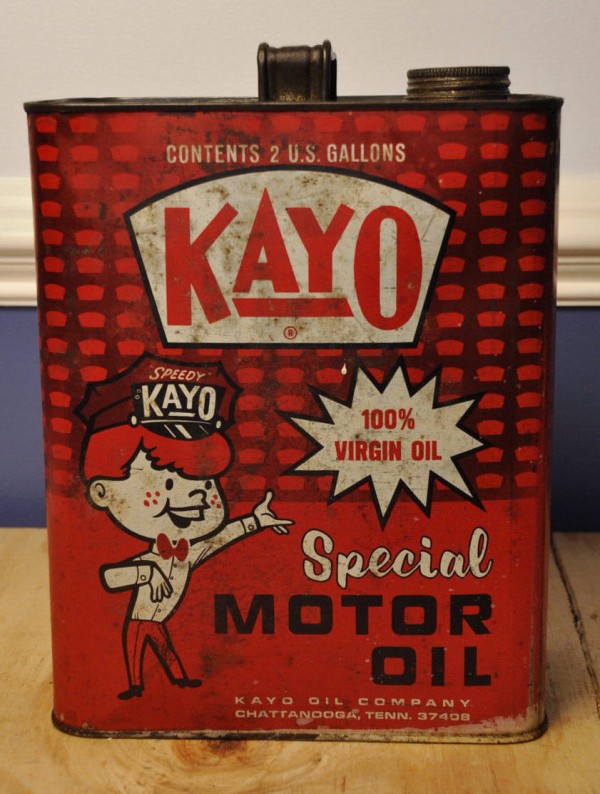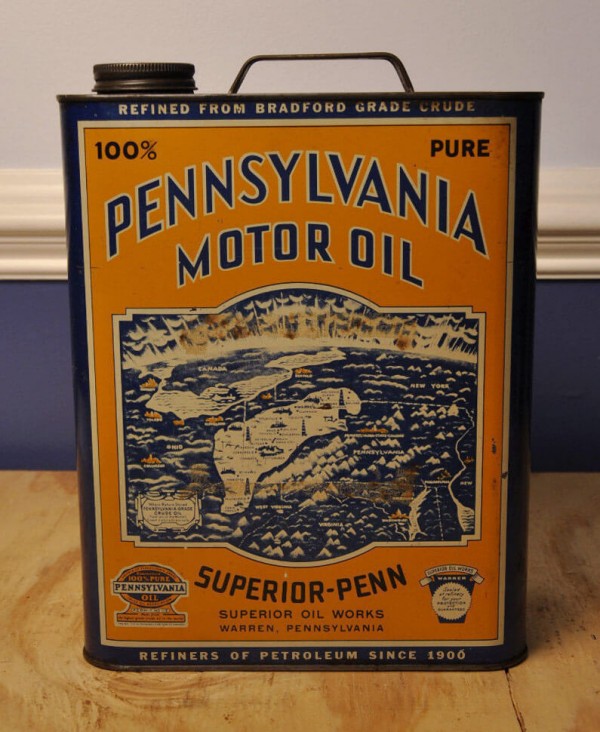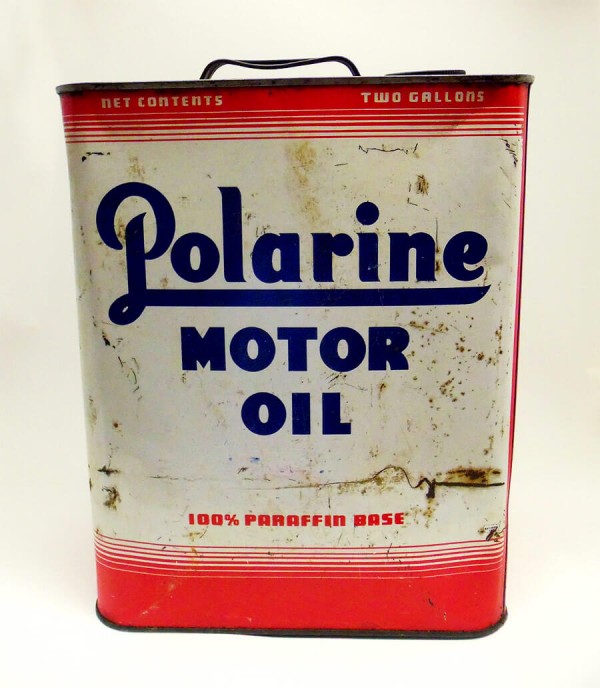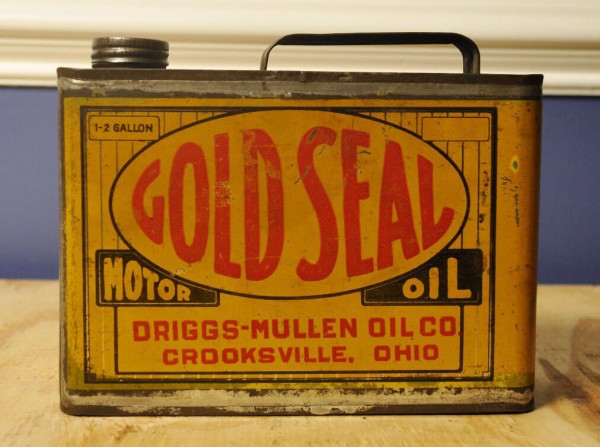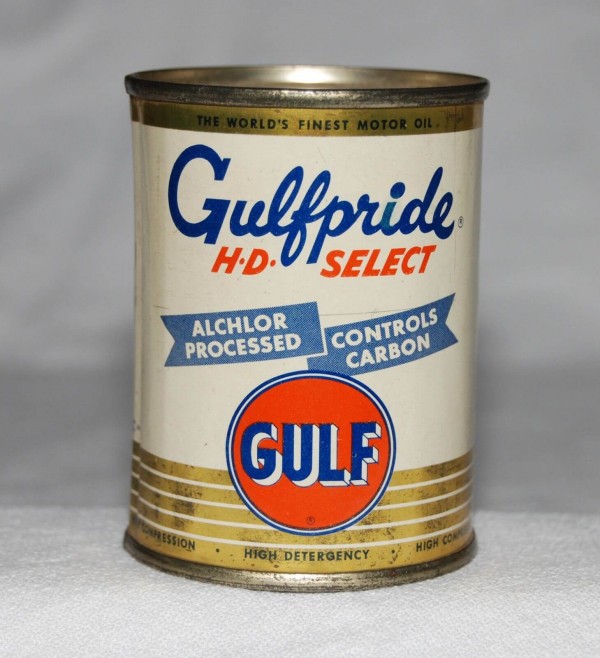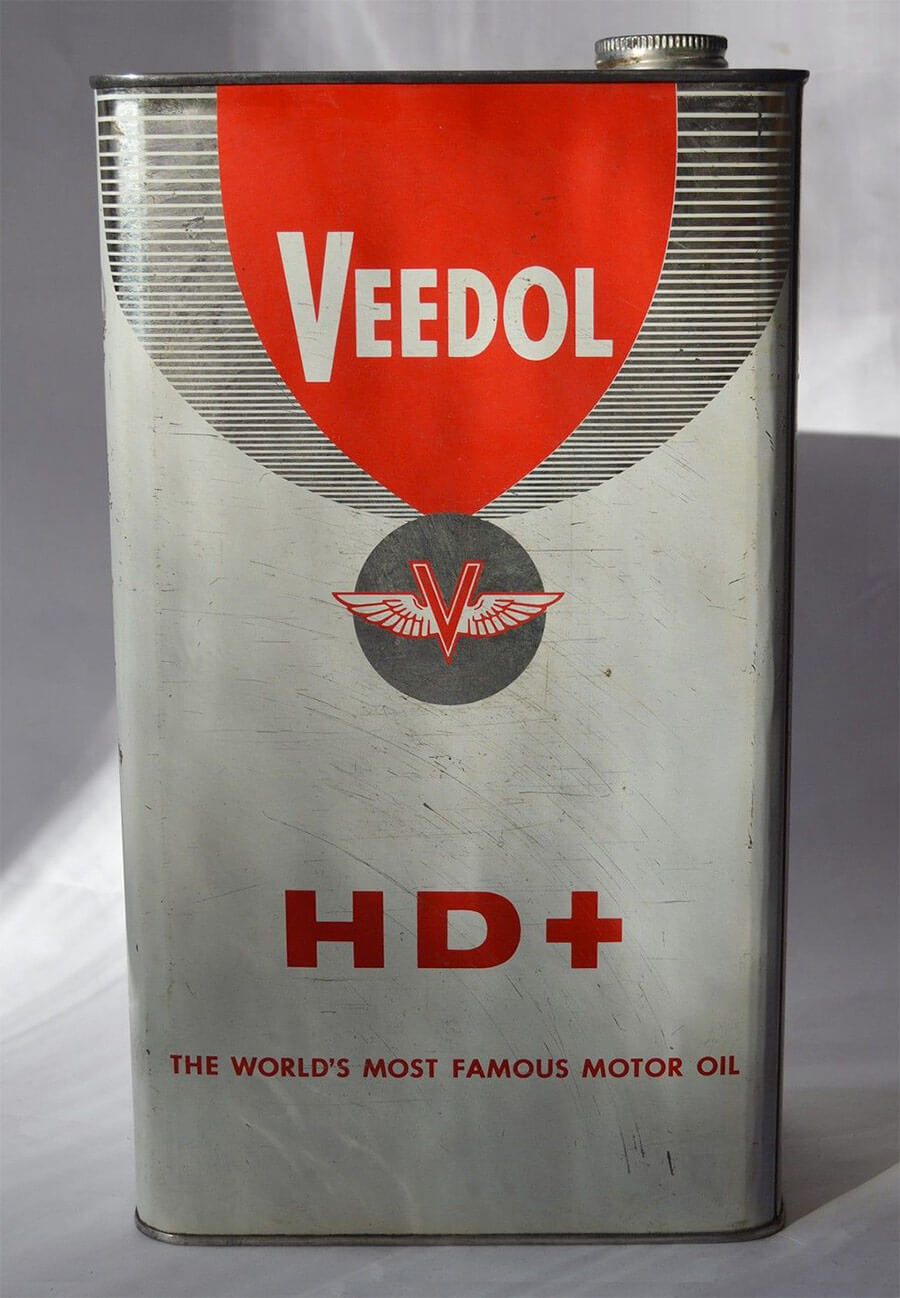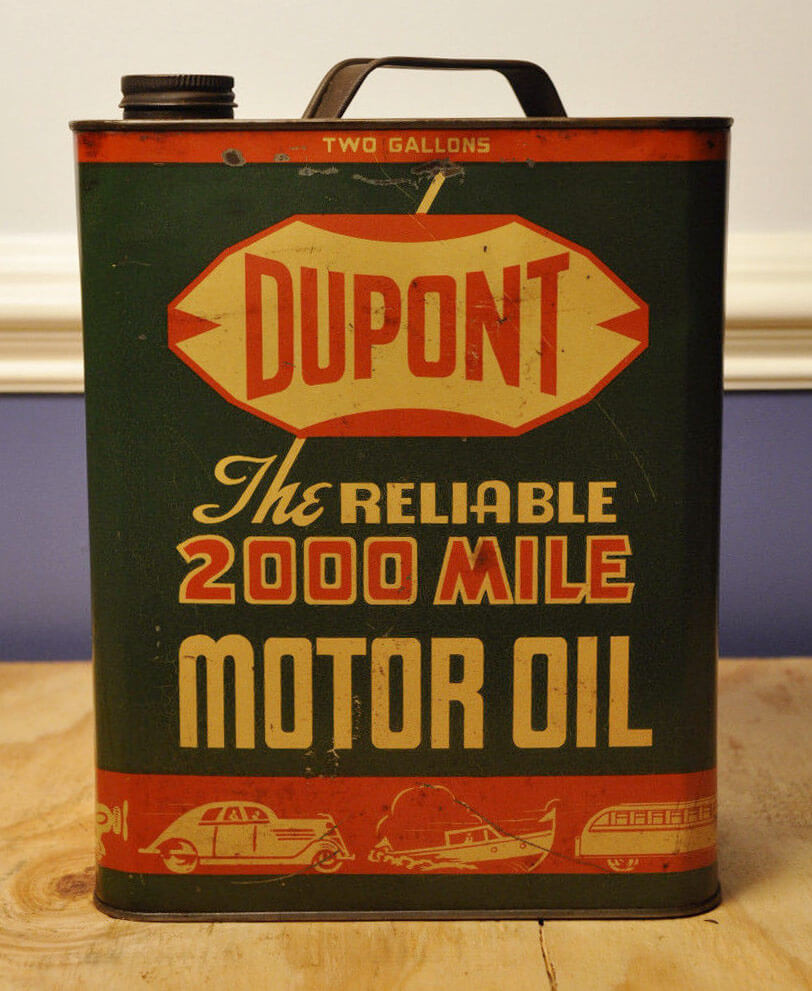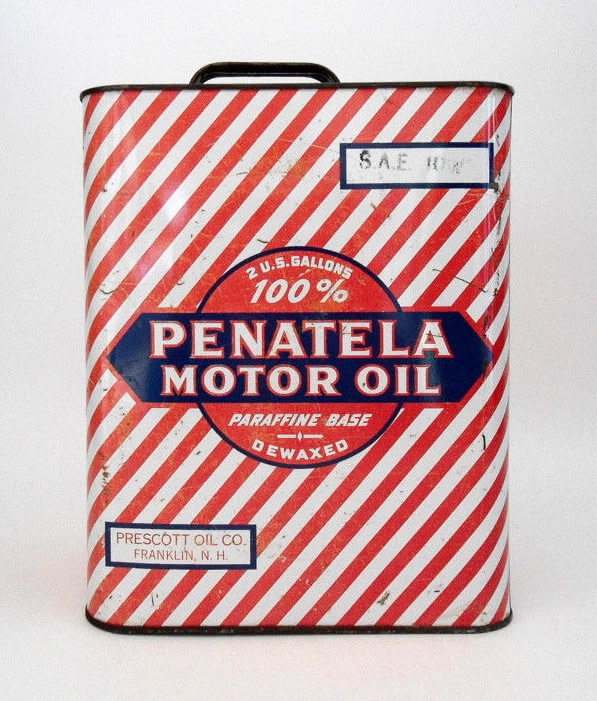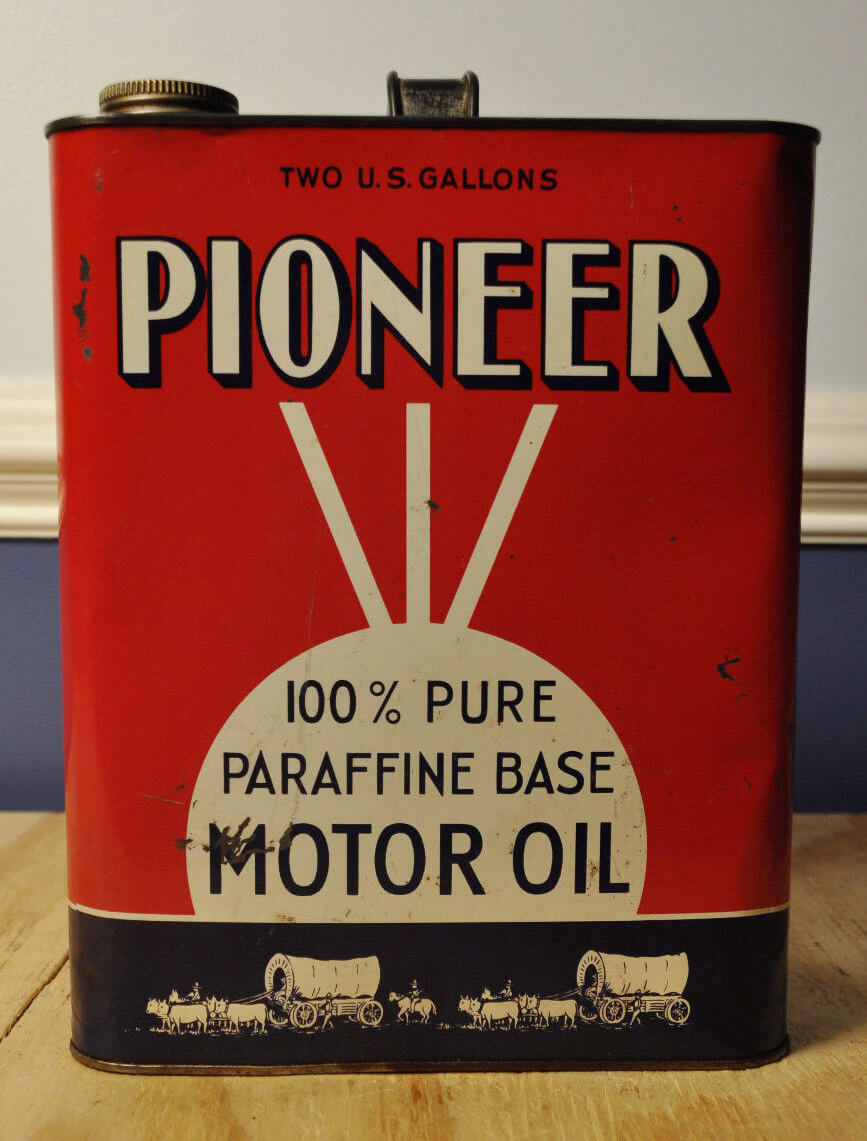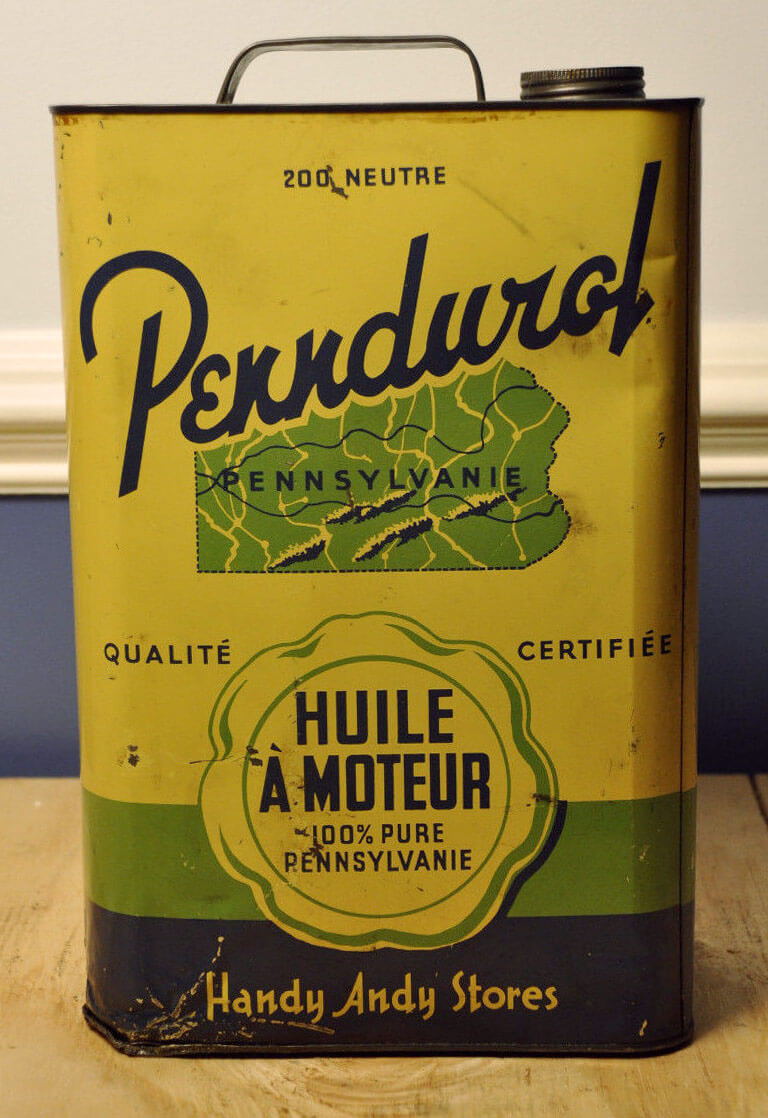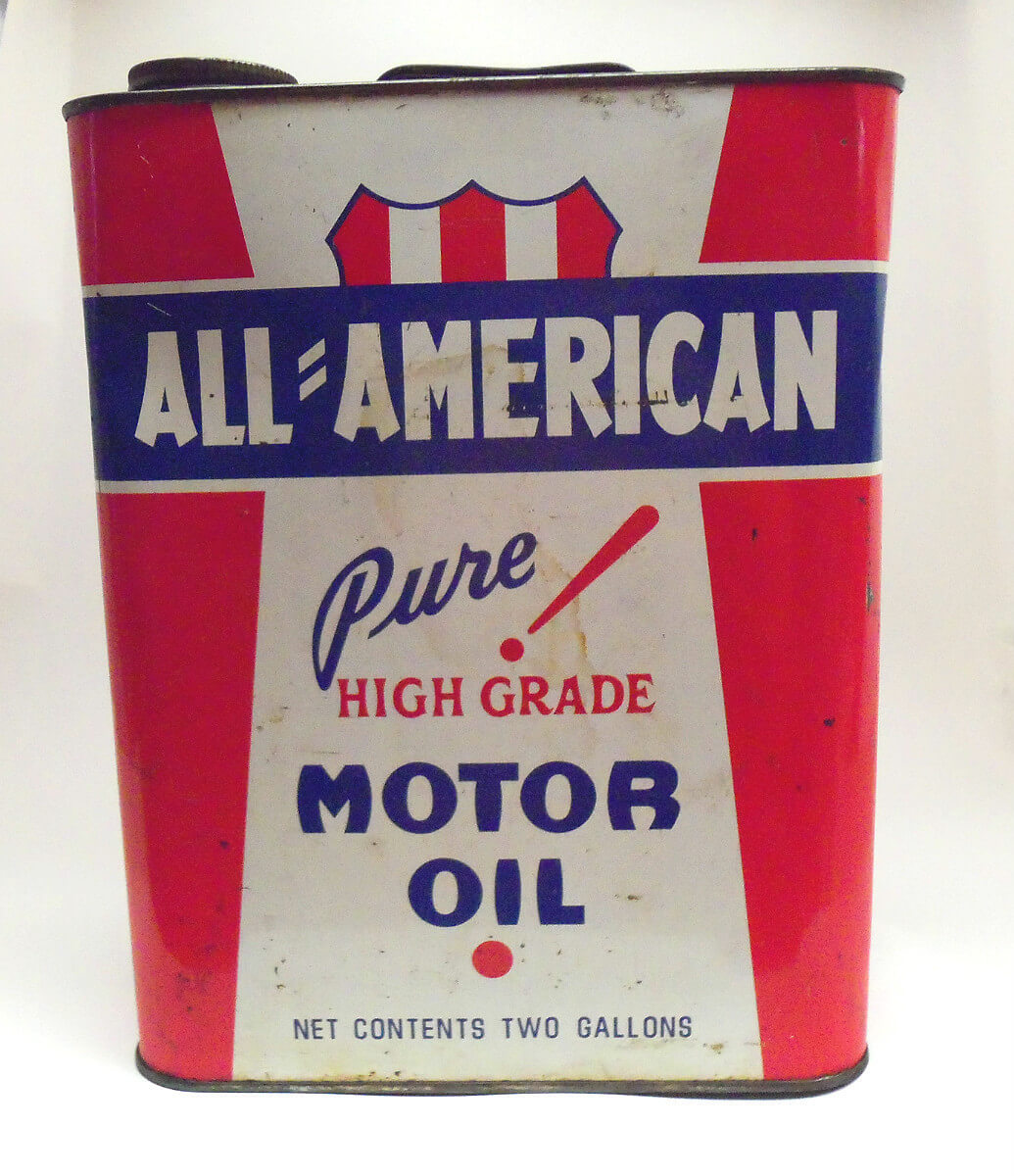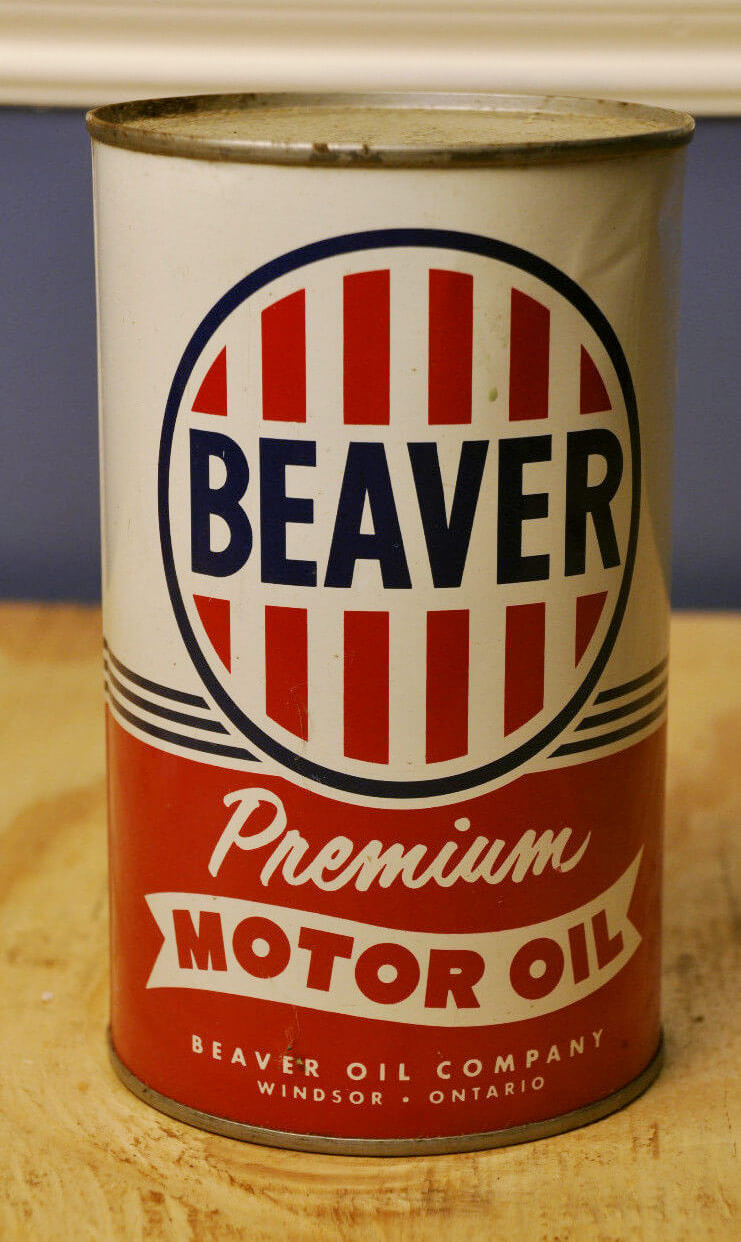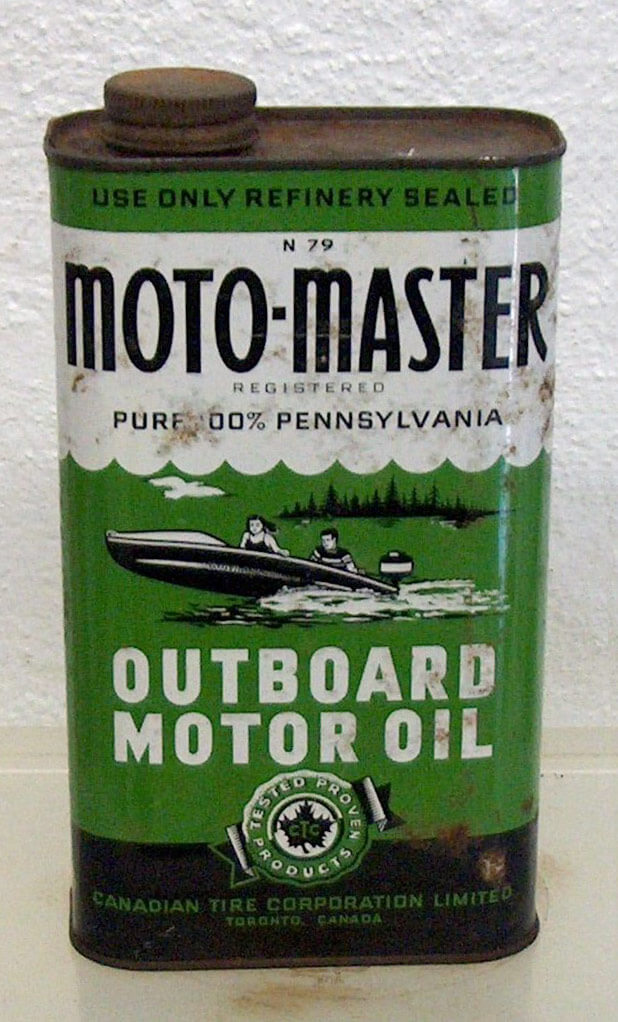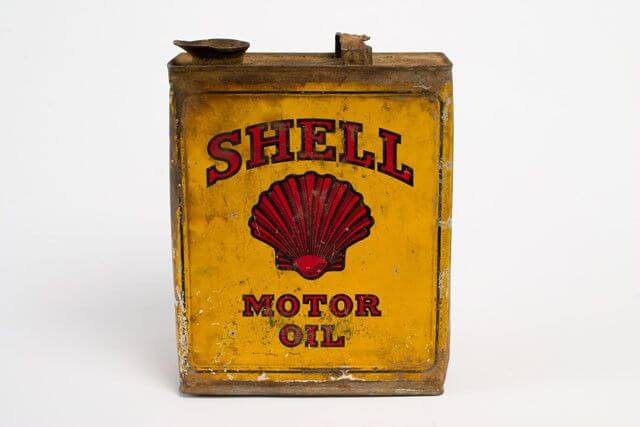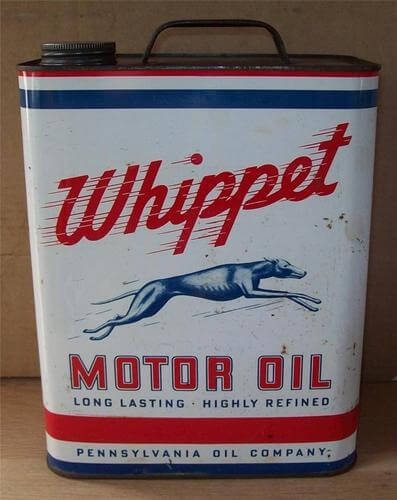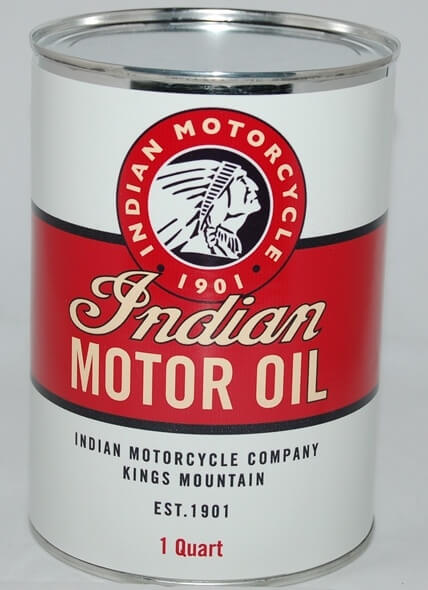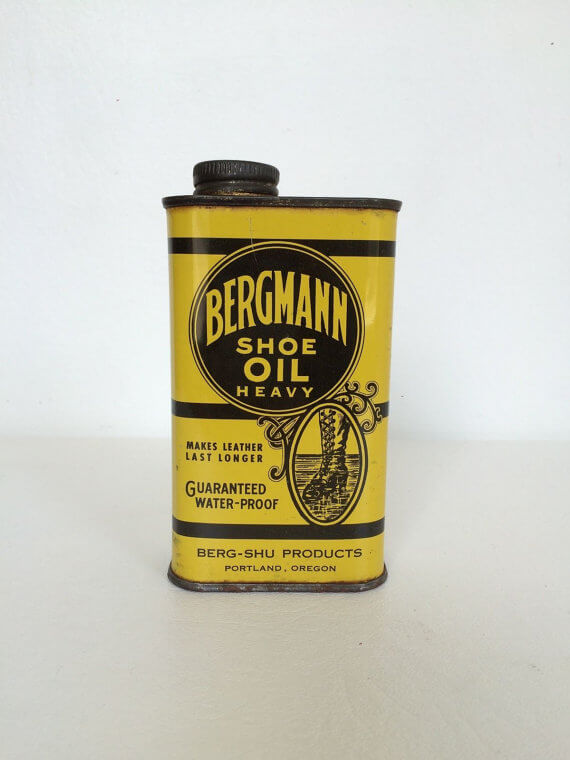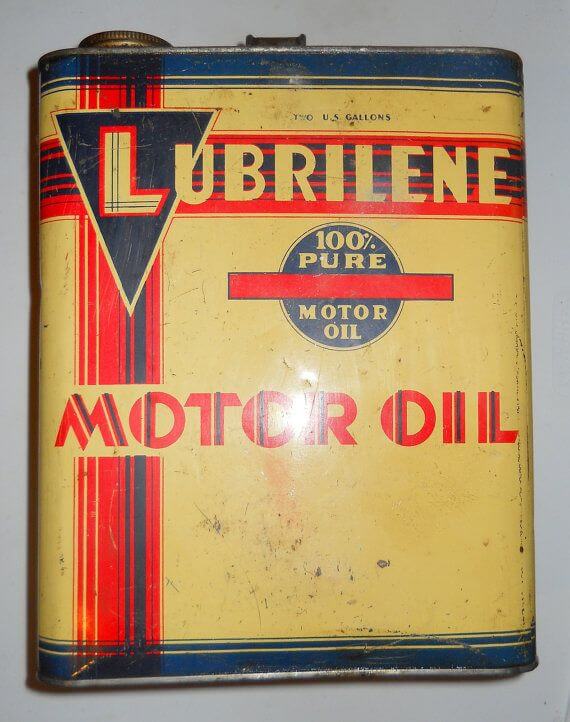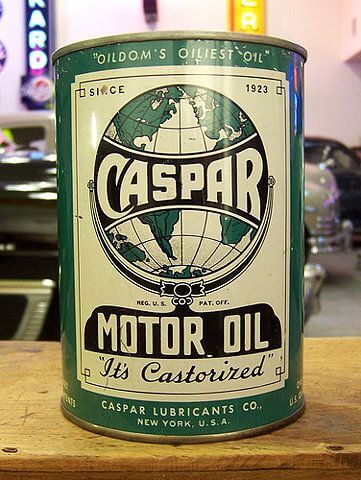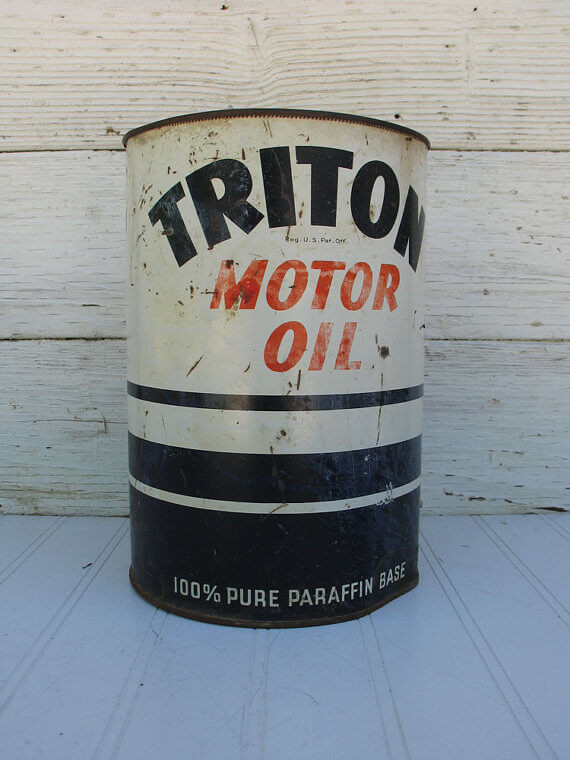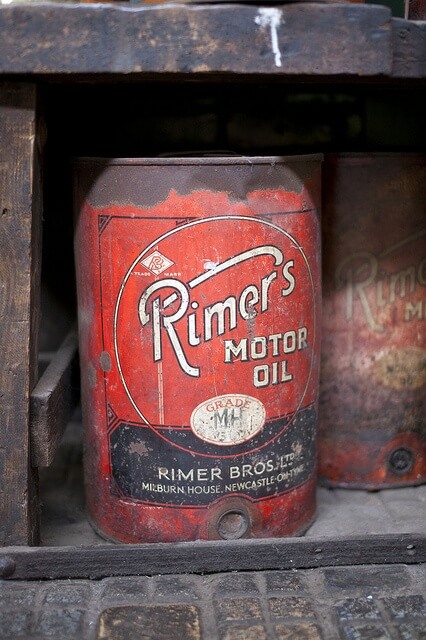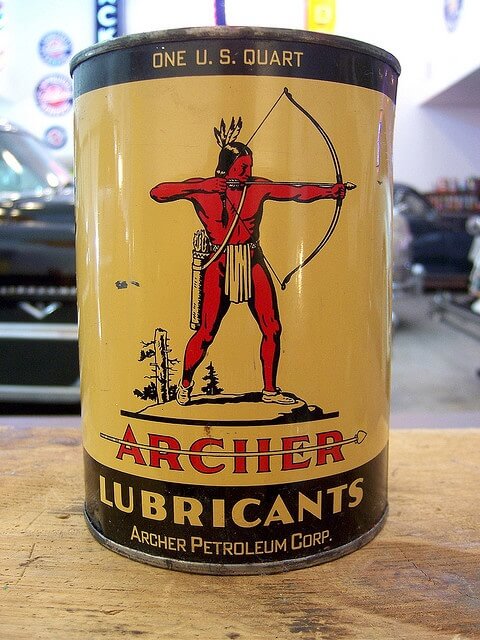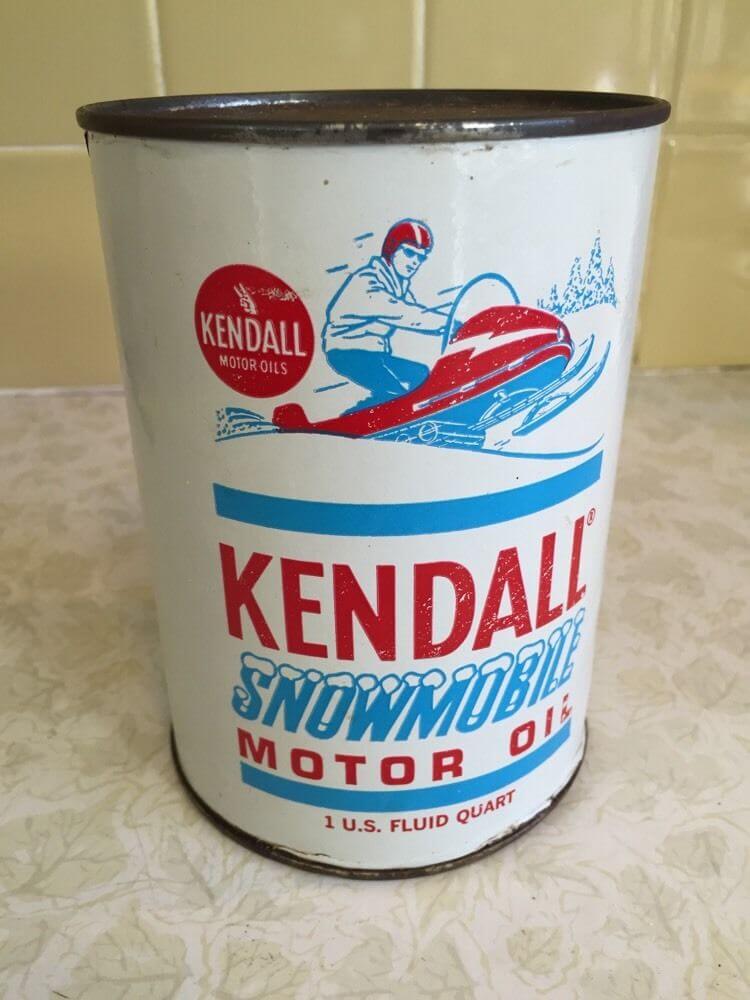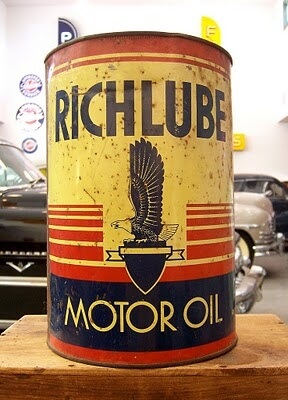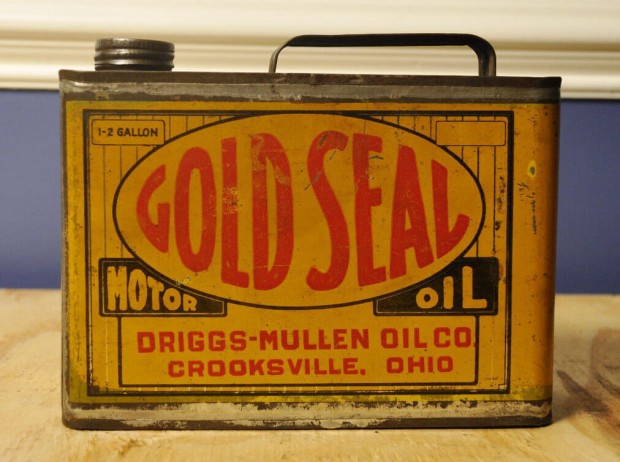Last Updated on March 2, 2024
Vintage never goes out of style. The sense of nostalgia alone that vintage things bring is a surefire way of attracting people to try out or patronize the product or service you trade.
From a marketing point of view, adding a touch of vintage in a concept almost always works because, by nature, people are sentimental creatures. Many things can be associated with vintage, but one of the most prolific ones is packaging design.
Every designer has a “vintage” arsenal. Each knows how people get affected by something that is packed and presented in an old-fashioned way. There’s a quaint charm in it. Even a melancholy feeling at times.
When you see a vintage design that is spot-on, you’re easily transported to the past. And the longing that you’d feel will nudge you to try the product or service just so you can get to experience that feeling once more.
Often, vintage packaging is the cleverest type of design. And it’s also an elaborate one. For instance, if you’re an enthusiast of vintage cars, 95 percent of the time, you also appreciate vintage car-related things, such as a well-designed motor oil cans and containers.
Vintage Motor Oil Cans
In the past, when you need to fill up your tank, a gas station attendant carried out more than what you need. He would also clean your windshield, and even check your oil. If your vehicle required one, he would then grab an oil can and add oil to your engine.
Nowadays, only a few gas stations still practice this custom. This makes metal oil cans a collectible item, especially for car enthusiasts. And because the majority of oil cans in the past exudes a charming packaging design, these collectibles are a hit.
Petroliana is the word that describes the collection of the antique-related gas station and motor oil objects.
Motor Oil Cans Package Design
What makes a vintage motor oil can a collector’s item has a lot to do with its brilliant packaging. The earliest motor oil cans were shaped like a box. Instead of the generic-shaped cans, they were square. Eventually, oil companies made the switch to a cylindrical can with a soldered seam.
However when the World War II happened, there was a shortage of metal. Most oil companies used cardboard cans – also known as paper quarts – instead. This type of packaging design was used from the late ‘50s to the late ‘80s. The plastic counterpart of oil cans was first used in the ‘60s. The cans had metal lids, but everything else was made of plastic.
If you’re a designer tasked to create authentic-looking vintage motor oil packaging, here are 25 inspiring designs you can get inspiration from.
